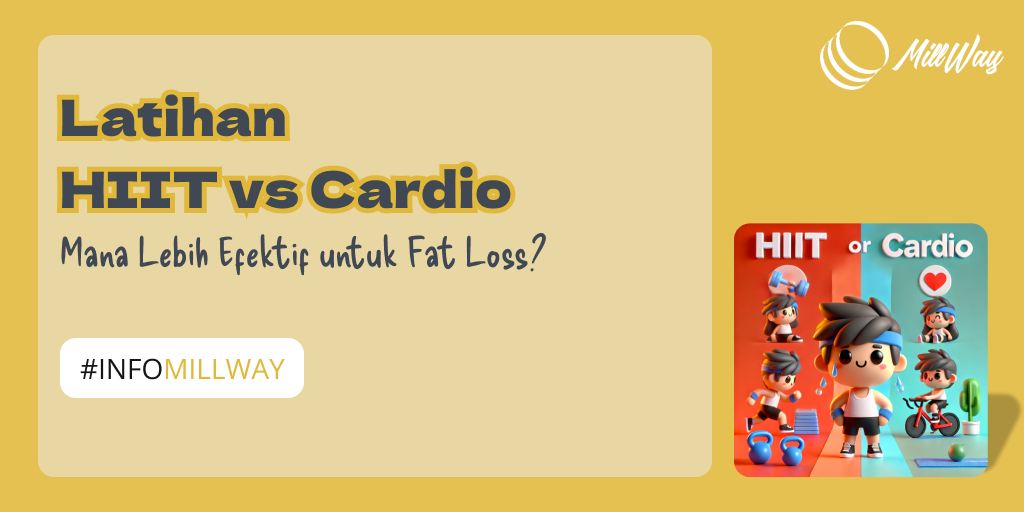
Weight loss is often associated with exercise, but which type of workout is the most effective? Is High-Intensity Interval Training (HIIT) better than steady-state cardio (such as jogging or casual cycling)?
In this article, we’ll compare both workout types based on calorie burn, metabolic impact, and long-term benefits for the body.
HIIT consists of short bursts of high-intensity exercise followed by brief rest periods. Typically, HIIT workouts last 15-30 minutes and include explosive movements such as burpees, jumping jacks, squat jumps, and sprints.
Example HIIT Workout (20 minutes):
🔥 40 seconds sprint – 20 seconds rest
🔥 40 seconds jumping squats – 20 seconds rest
🔥 40 seconds push-ups – 20 seconds rest
🔥 40 seconds burpees – 20 seconds rest
➡️ Repeat for 4 rounds
Benefits of HIIT:
✅ Burns more calories in a shorter time
✅ Boosts metabolism even after the workout (afterburn effect)
✅ Helps build muscle and improves endurance
🔹 Steady-State Cardio
Steady-state cardio involves low-to-moderate intensity exercises performed for a longer duration, such as running, cycling, swimming, or brisk walking for 30-60 minutes.
Examples of Cardio Workouts:
🏃 Jogging for 40 minutes
🚴 Casual cycling for 45 minutes
🏊 Swimming for 30 minutes
Benefits of Cardio:
✅ Easy to do and beginner-friendly
✅ Good for heart and lung health
✅ Less impact on joints compared to HIIT
HIIT burns more calories per minute compared to steady-state cardio.
📊Calorie Burn Comparison (in 30 minutes):
HIIT triggers the afterburn effect, meaning your body continues burning calories for up to 24 hours after the workout. This happens because high-intensity training forces the body to recover muscle and replenish energy.
In contrast, steady-state cardio does not significantly trigger the afterburn effect—calorie burn stops much sooner after finishing the workout.
HIIT boosts basal metabolic rate (BMR) (the number of calories burned at rest) because it helps build muscle, which enhances long-term fat-burning.
Steady-state cardio, however, does not significantly impact muscle mass or BMR. In fact, excessive cardio without strength training may lead to muscle loss.
✅ Choose HIIT if:
✅ Choose Steady-State Cardio if:
✅ HIIT is more effective for burning fat quickly and boosting long-term metabolism.
✅ Steady-state cardio is great for beginners and beneficial for heart health and endurance.
✅ A combination of HIIT and cardio is the best approach for optimal weight loss and fitness.
🔹 The choice is yours! If you want fast and efficient results, go for HIIT. If you prefer a more relaxed and sustainable workout, stick with steady-state cardio. 🚀
